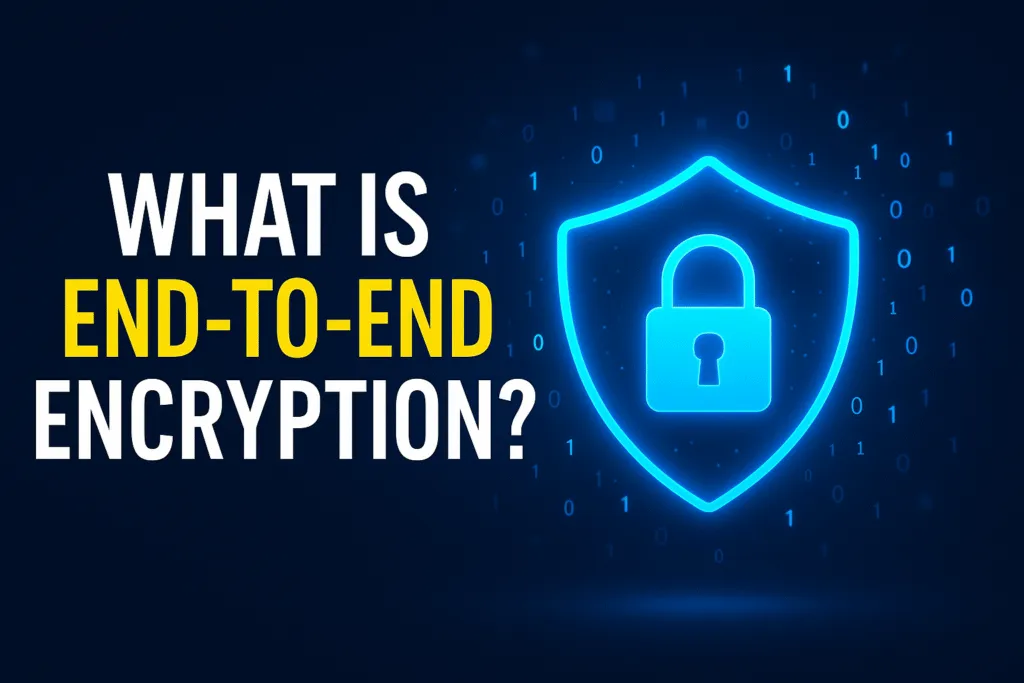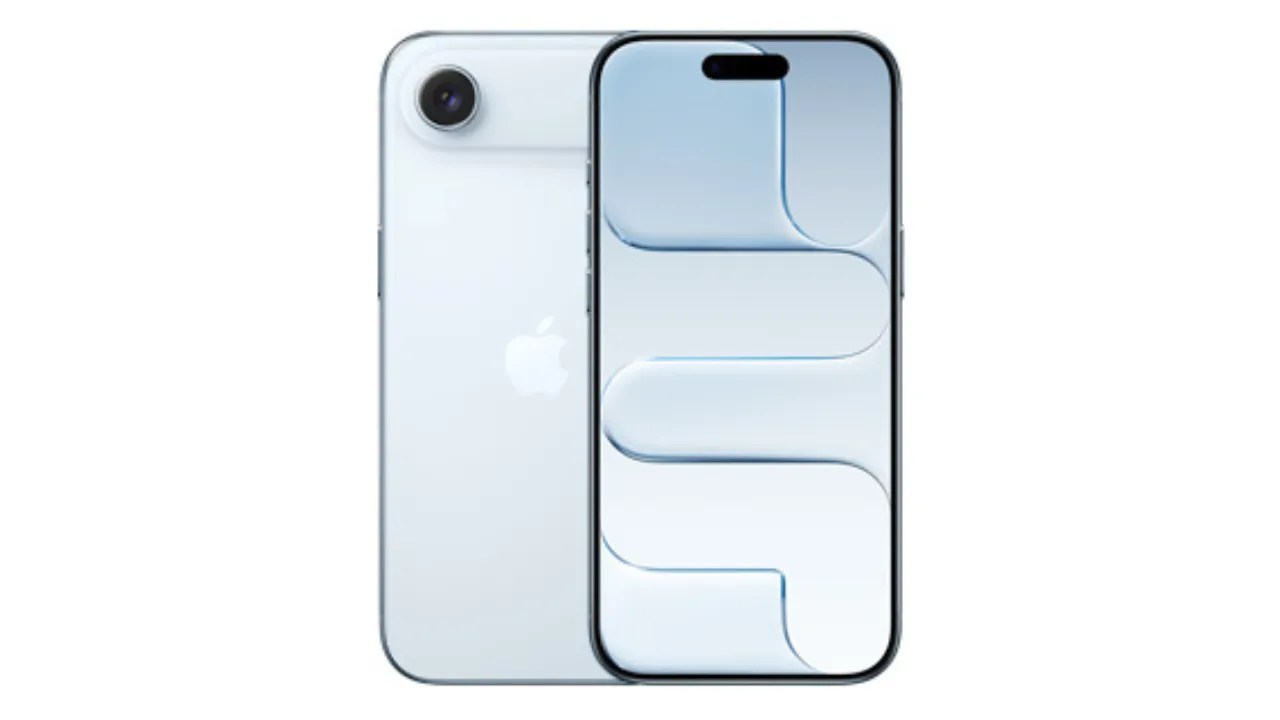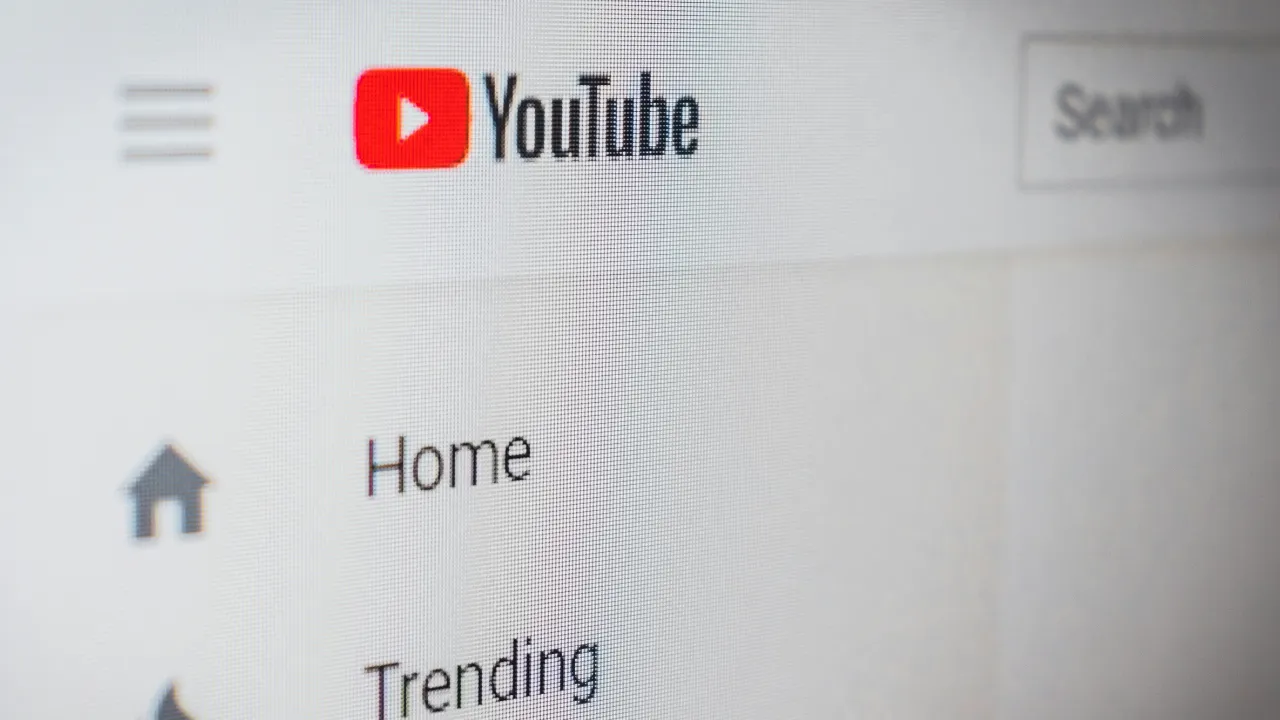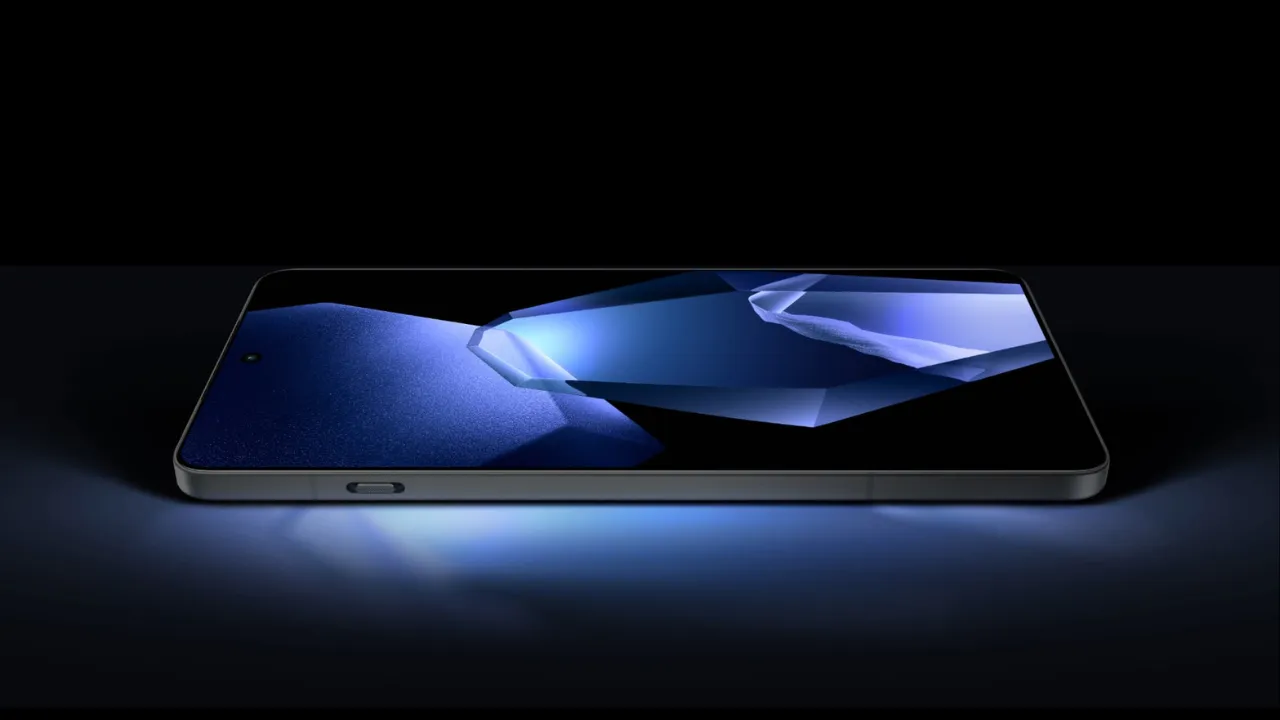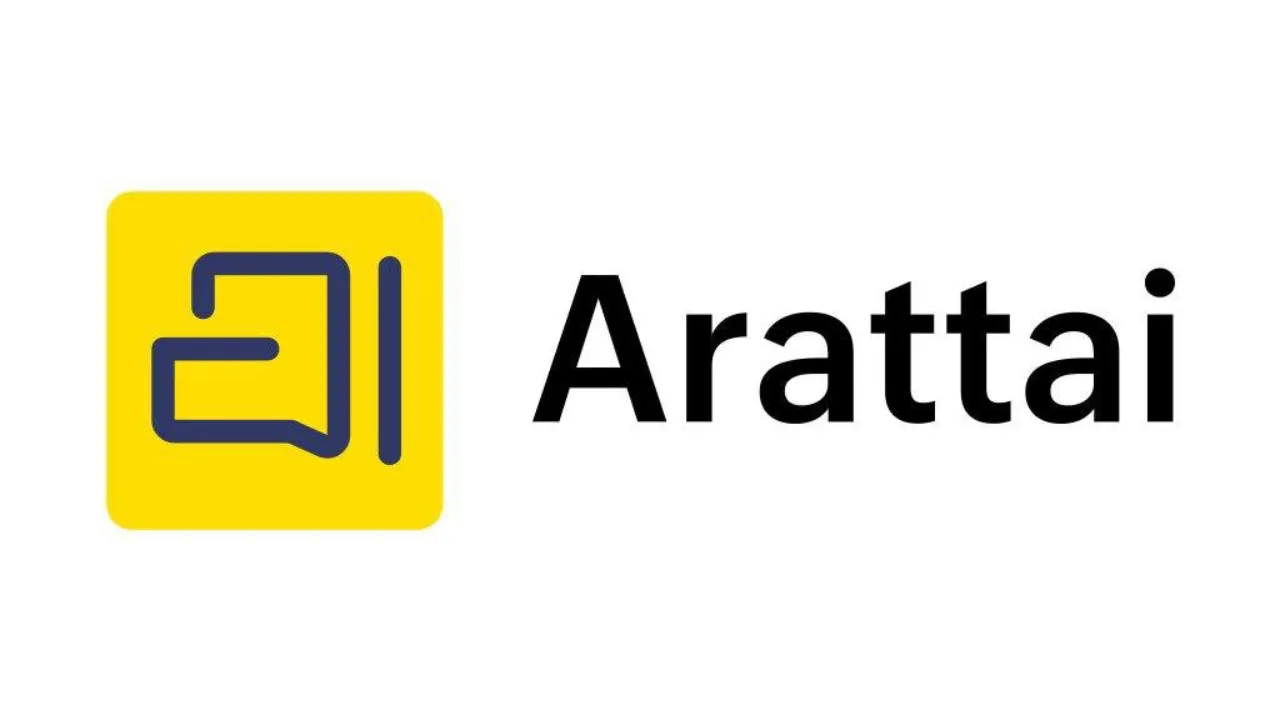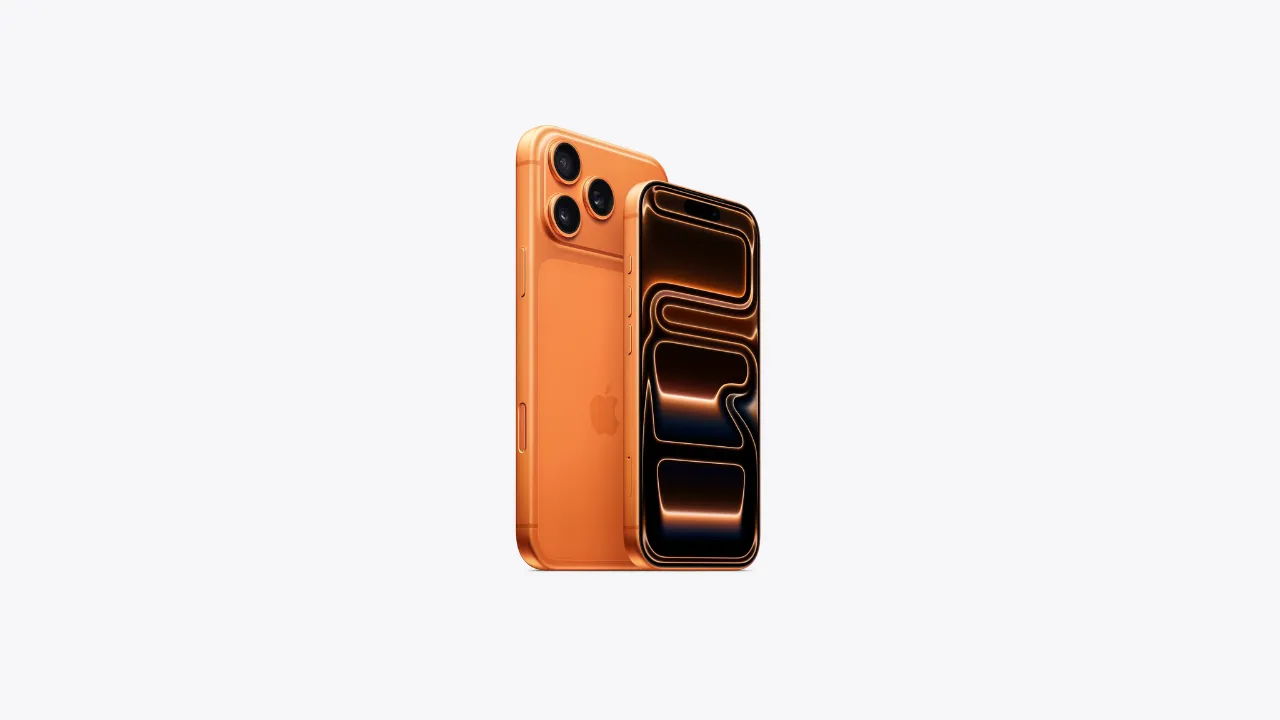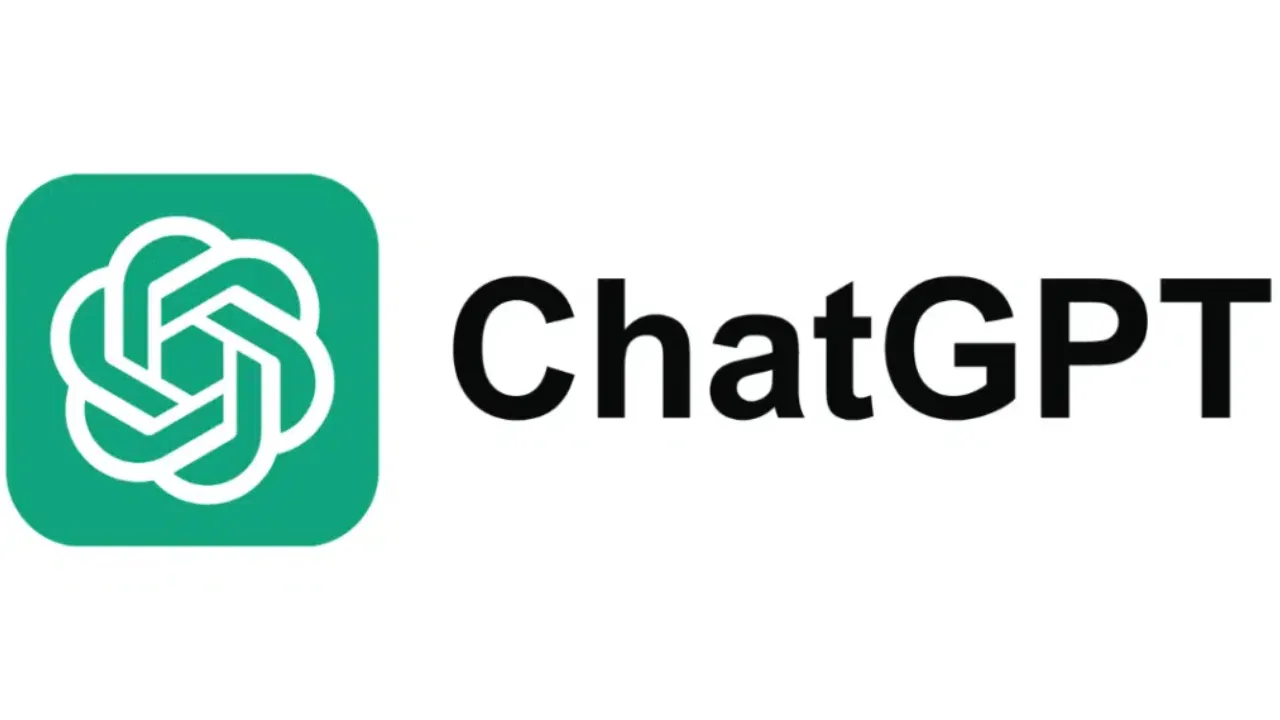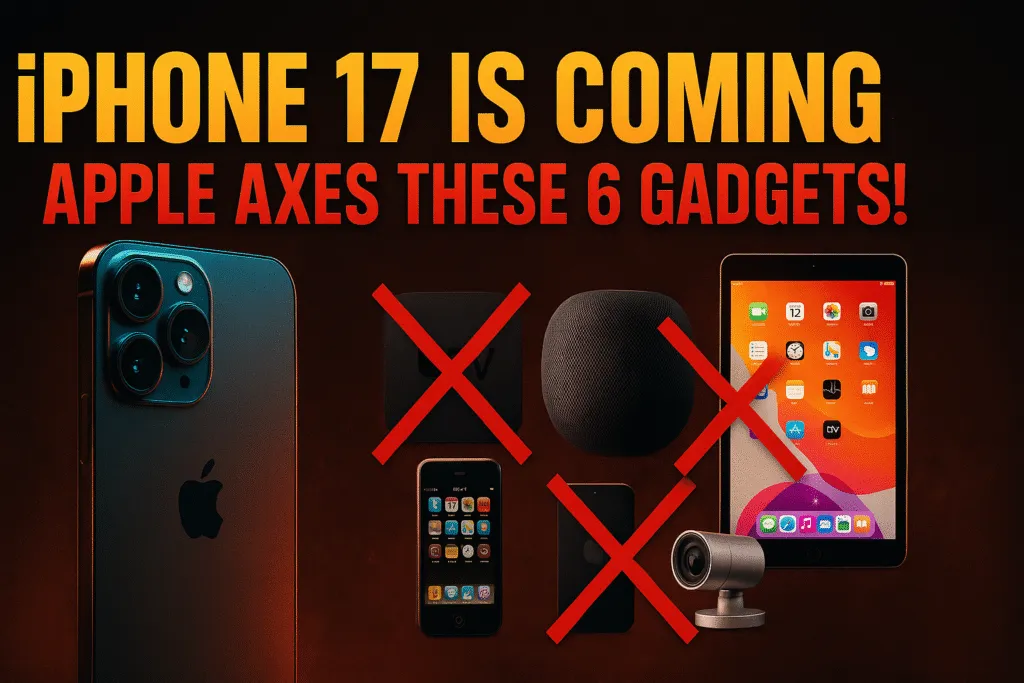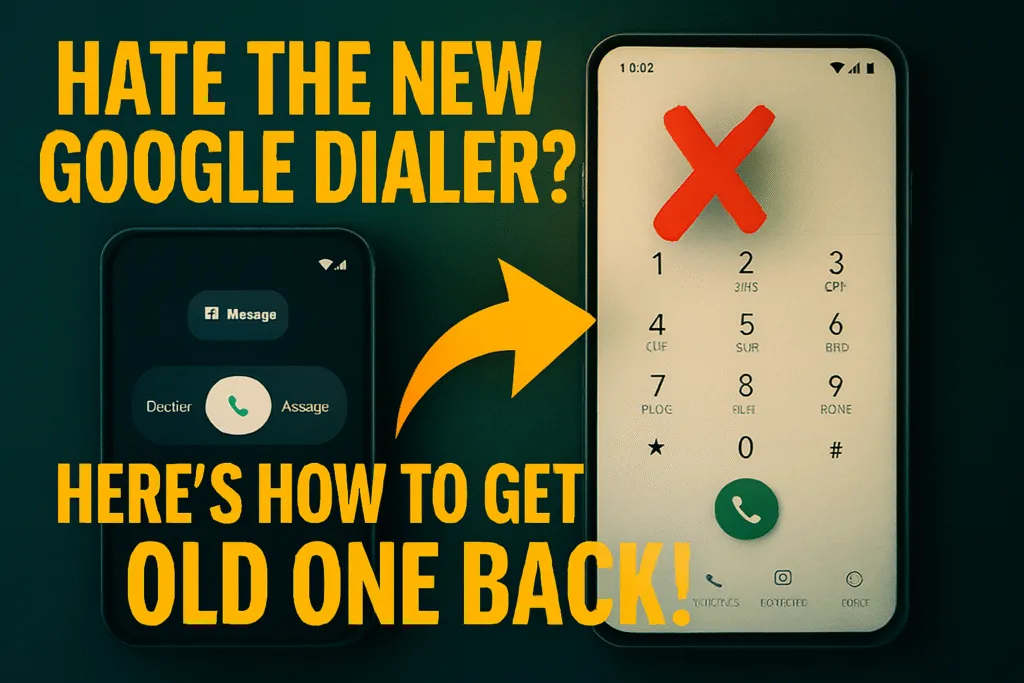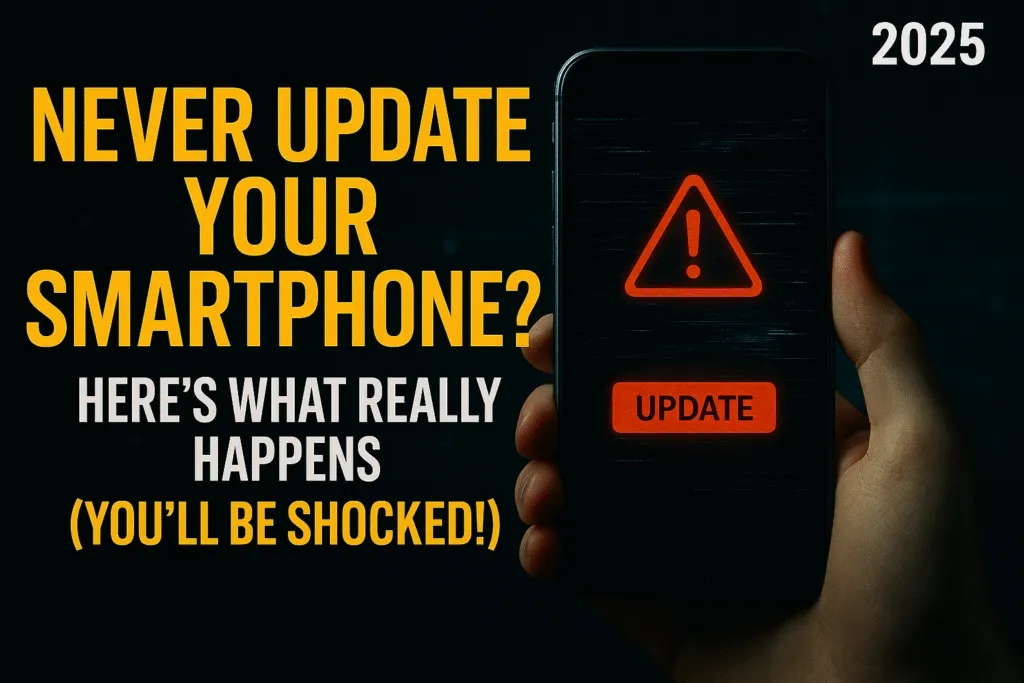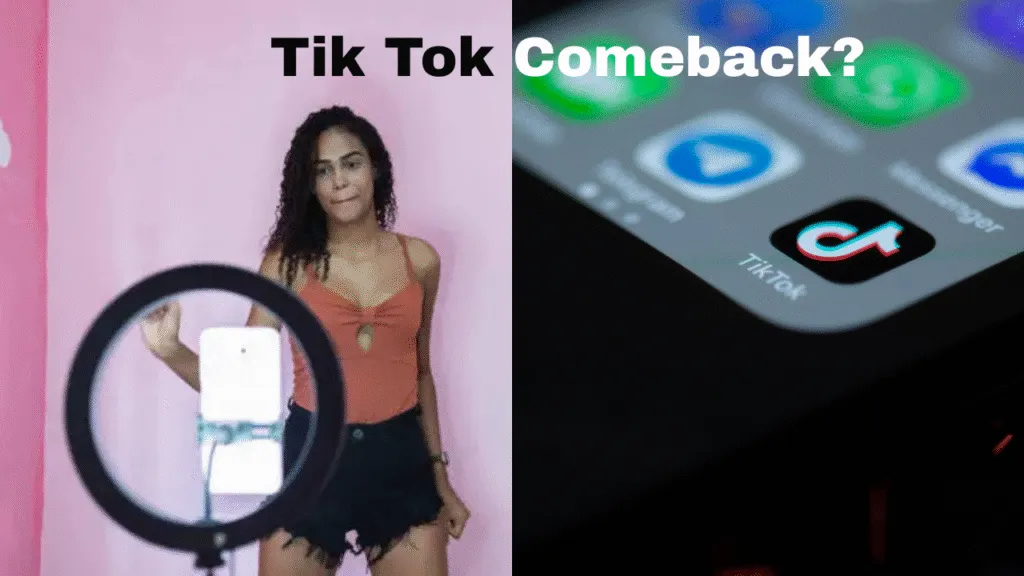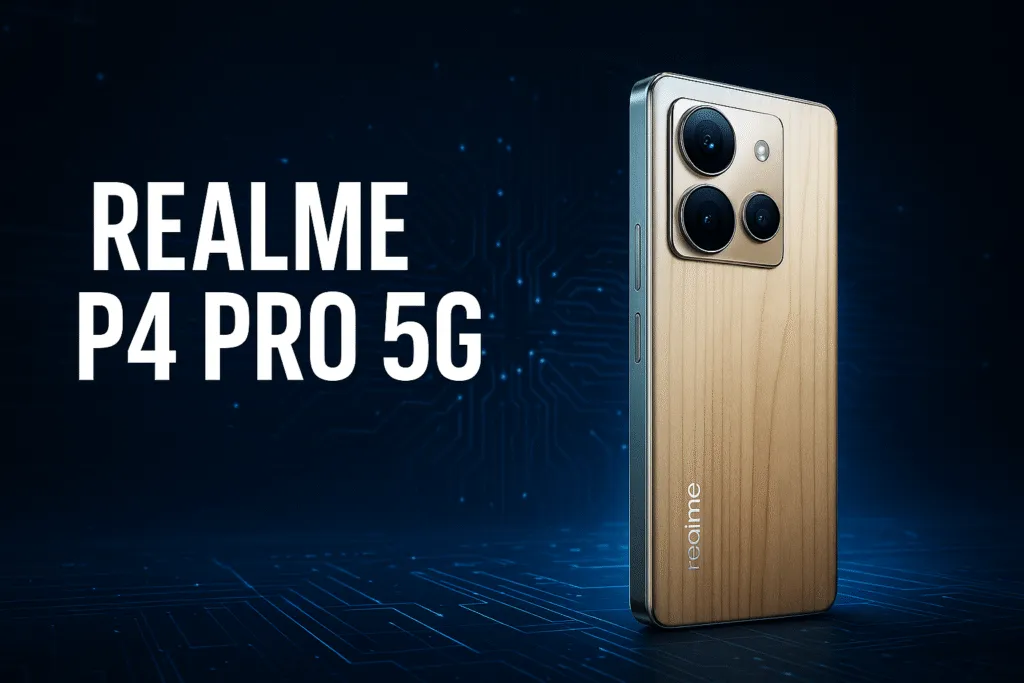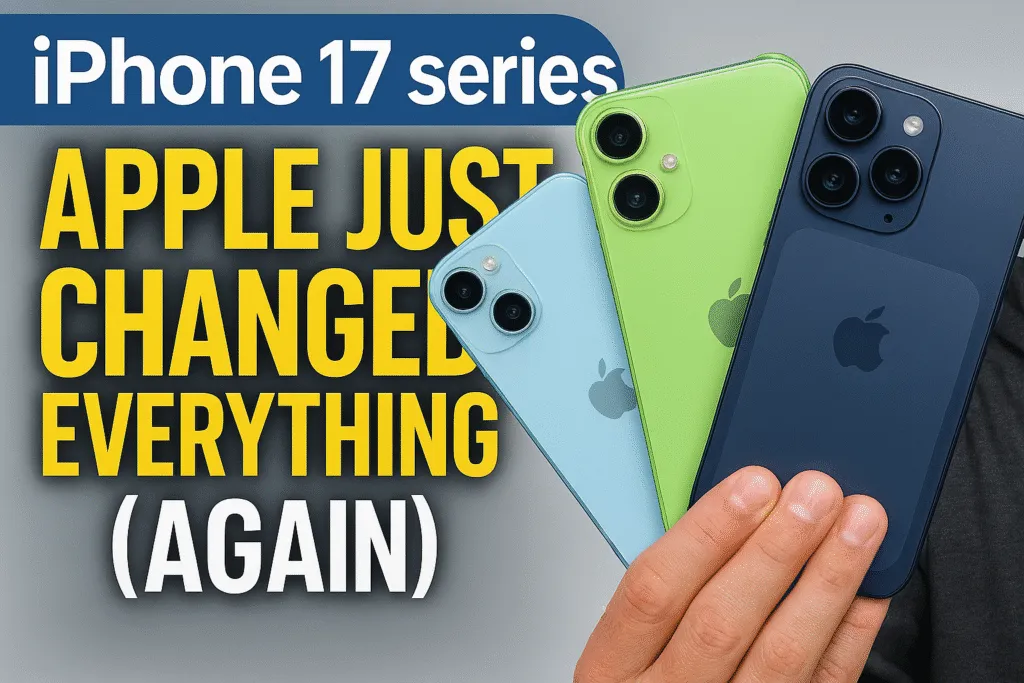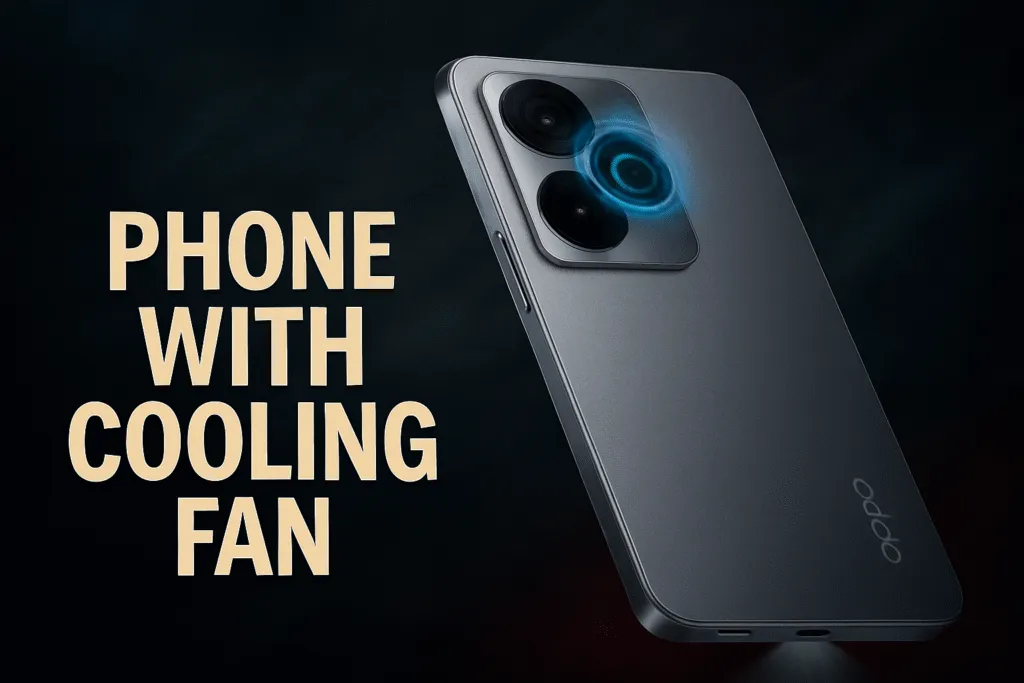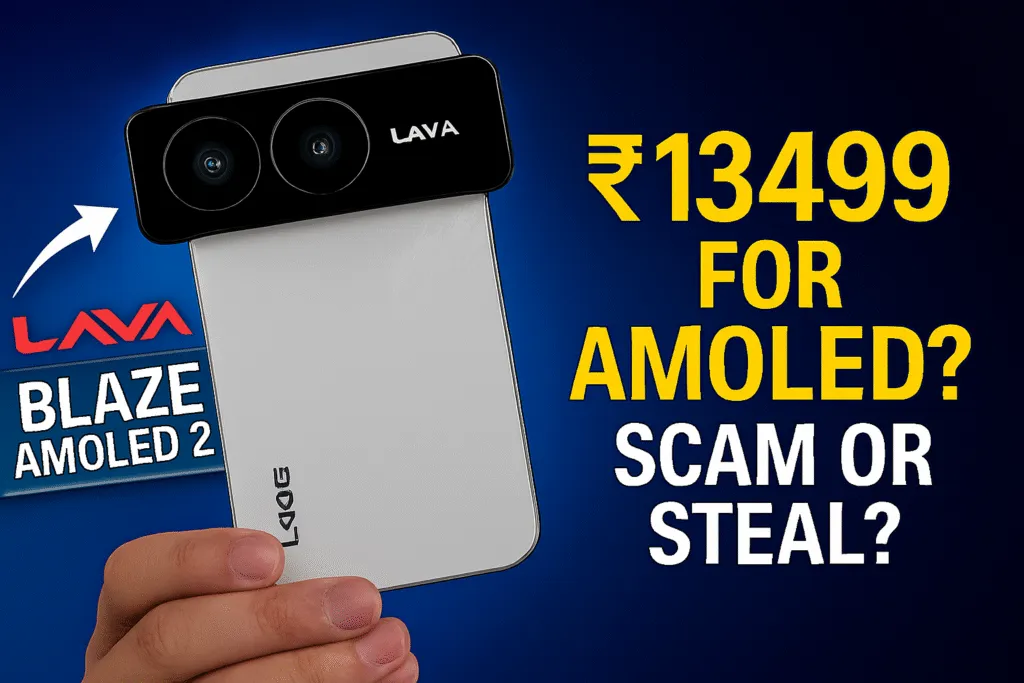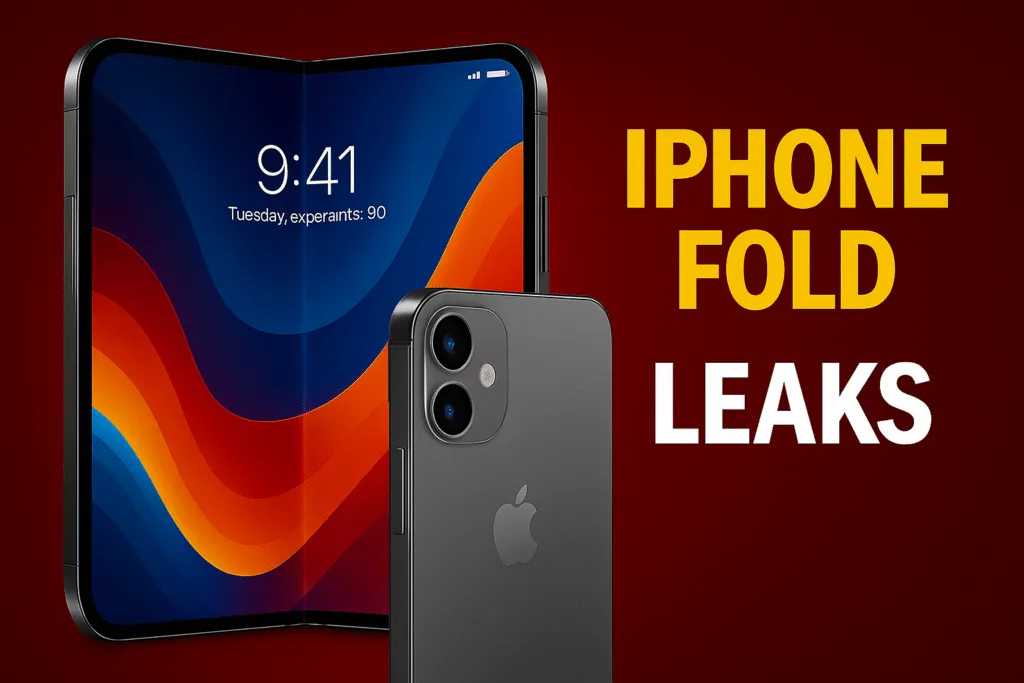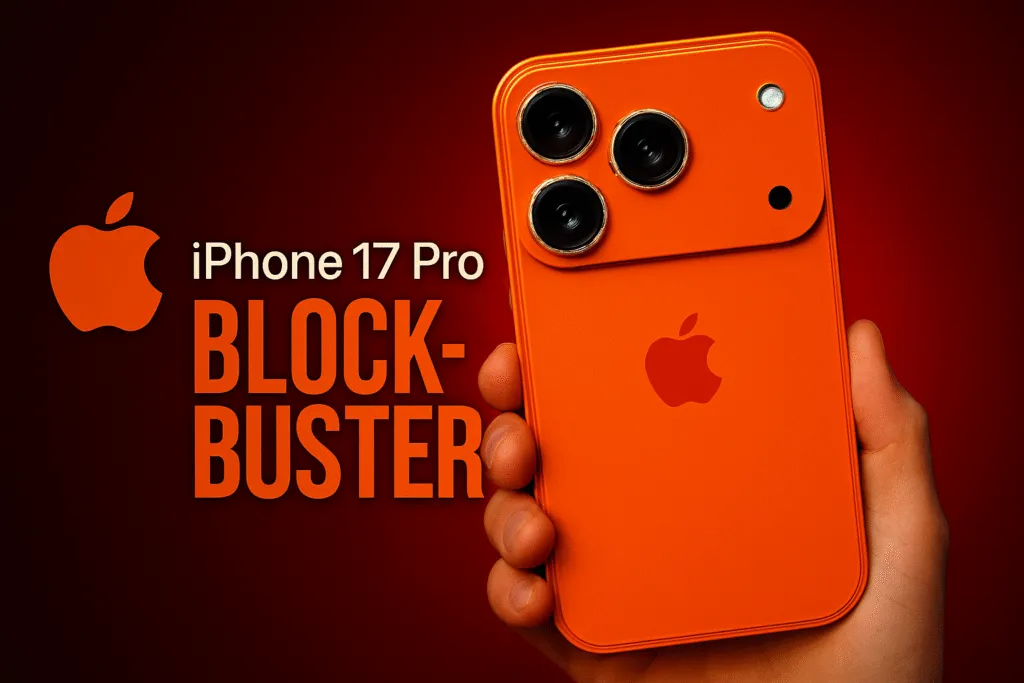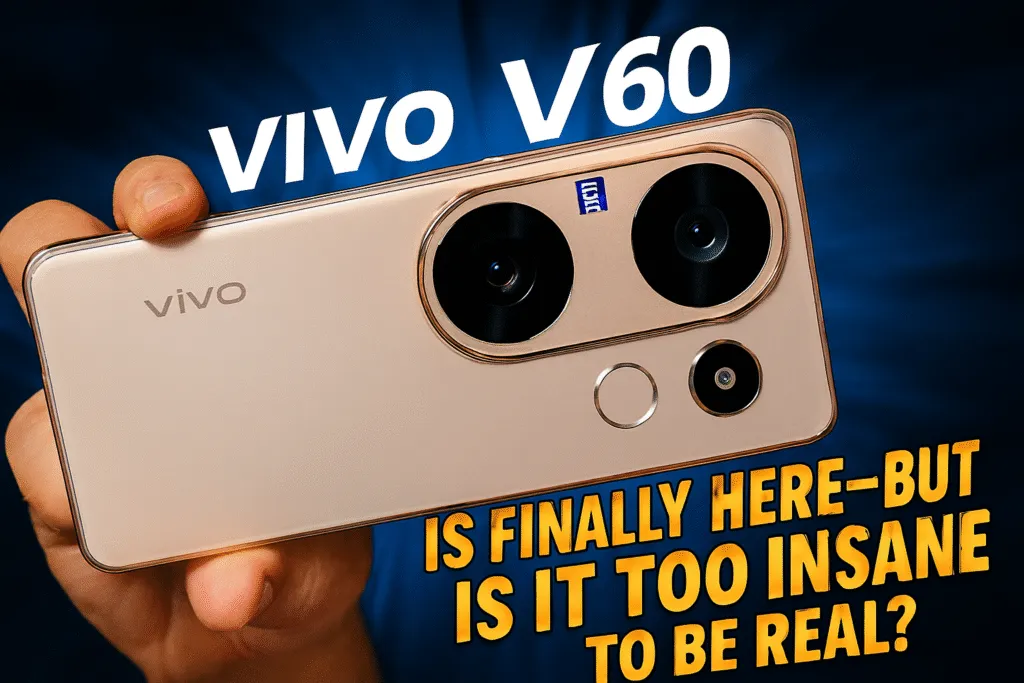Introduction – Why Privacy Matters More Than Ever
In today’s digital world, our lives are more connected than ever. From chatting with friends and making payments to sharing documents and storing personal memories, everything happens online. But with this convenience comes a serious question—how safe is your data? This is where the importance of end-to-end encryption truly shines.
Cyberattacks, data leaks, and surveillance have become regular headlines. Whether you’re an individual user or a business, protecting sensitive information is no longer optional. Without strong protection, your private chats, photos, financial details, or health records could be exposed to hackers, third parties, or even unauthorized governments. That’s why more people are turning to end-to-end encryption to keep their digital lives private.
End-to-end encryption ensures that only the sender and the receiver can read the message. Even the app or service you’re using can’t access the content. It’s like sending a locked box with a key that only the recipient has. No one in the middle, including the platform itself, can peek inside. This level of privacy is becoming essential as we spend more time communicating and transacting online.
In 2025, digital privacy isn’t just a concern for tech experts—it affects everyone. Whether you’re using messaging apps, video calls, or cloud storage, knowing how your data is protected makes a big difference. As threats grow more sophisticated, end-to-end encryption stands as one of the strongest tools to defend personal information.
Understanding how end-to-end encryption works, and why it matters, can help you make smarter choices about the apps and services you trust. In this blog, we’ll break it all down in simple terms so you can stay informed and protected.
What is End-to-End Encryption?
End-to-end encryption is a method of securing digital communication so that only the sender and the intended recipient can read the information being shared. It ensures complete privacy by making the message unreadable to everyone else—including the app provider, internet service provider, hackers, or even government agencies. In simple terms, it’s like sending a letter in a sealed envelope that only the receiver has the key to open.
Here’s how it works: when you send a message, it is encrypted (converted into code) on your device. This encrypted message travels through servers and networks, but it stays unreadable throughout the journey. It can only be decrypted (turned back into readable form) by the recipient’s device using a unique key. No third party in the middle has access to this key—not even the company that owns the app you’re using.
End-to-end encryption is used in popular messaging apps like WhatsApp, Signal, and iMessage. It’s also becoming more common in cloud storage services, email platforms, and video conferencing tools. The goal is to give users control over their data, ensuring that conversations and files stay private—no matter where they go or how they travel.
In the age of constant online surveillance and rising cyber threats, end to end encryption offers a powerful line of defense. It gives you peace of mind knowing that your personal messages, financial info, or health records can’t be intercepted or misused. As more of our lives move online in 2025, understanding what end-to-end encryption is—and why it matters—is the first step to staying secure and in control of your digital privacy.
How Does End-to-End Encryption Work?
To understand how end-to-end encryption works, imagine writing a secret message and locking it inside a box with a unique key. Now imagine only the person you’re sending it to has the key to open that box. No one else—not even the person delivering it—can open it. That’s the basic idea behind end-to-end encryption.
When you send a message using an app that supports end-to-end encryption, your device encrypts the message before it leaves your phone. This encryption turns your readable message into a scrambled code that’s impossible to understand without the correct key. The message travels across the internet, passes through servers, and reaches the recipient’s device. But it stays locked until the receiver opens it using their own unique decryption key.
The most important part? The encryption and decryption keys exist only on your device and the recipient’s device. Not even the company that owns the messaging app can read your messages. That’s why end-to-end encryption is trusted for securing personal chats, sensitive business conversations, and private documents.
Modern apps use strong encryption algorithms like AES (Advanced Encryption Standard) and RSA (Rivest–Shamir–Adleman) to keep your data safe. These algorithms are incredibly complex and practically impossible to crack without the right key.
End-to-end encryption works silently in the background, without needing any input from the user. You send a message, and it’s automatically protected from the moment it leaves your device to the moment it’s read.
In 2025, as digital threats become more advanced, end-to-end encryption remains one of the most reliable methods to ensure that your conversations and data stay completely private—no matter who’s watching the internet traffic in between.
Difference Between End-to-End and Regular Encryption
At first glance, encryption might seem like a single concept—but there’s a big difference between regular encryption and end-to-end encryption. Both aim to protect your data, but how they do it—and who can access your information—varies significantly.
In regular encryption, your data is encrypted when it leaves your device, but it can be decrypted at certain points during its journey, especially by the service provider. For example, in cloud storage or standard messaging platforms, your message may be encrypted during transmission, but the company’s servers still hold the keys to decrypt it. This means the company can technically access your messages, files, or call data—either for service optimization, advertising, or if compelled by legal authorities.
In contrast, end-to-end encryption ensures that only you and the recipient can read the message. When you send a message using a platform that supports end-to-end encryption, it is encrypted on your device and can only be decrypted on the recipient’s device. The platform in between—whether it’s WhatsApp, Signal, or any other app—has zero access to your message content, because it doesn’t have the decryption key.
Another major difference is in data security during breaches. If a company using regular encryption gets hacked, your stored data could be exposed. But with end-to-end encryption, even if the servers are breached, the data remains unreadable and useless without the private keys.
In simple terms, regular encryption protects data in transit, while end-to-end encryption protects data from everyone except the sender and receiver. That’s why end-to-end encryption is becoming the gold standard for privacy and is widely used in 2025 across secure messaging, cloud storage, and video communication platforms.
Real-Life Examples of End-to-End Encryption
In 2025, end-to-end encryption is no longer a niche feature used by tech-savvy individuals—it’s become a standard privacy tool in many of the apps and services you use every day. Let’s look at some real-life examples of where and how end-to-end encryption is actively protecting your data.
WhatsApp is one of the most widely known platforms using end-to-end encryption. Every message, voice note, photo, or video you send through WhatsApp is encrypted on your device and can only be decrypted by the recipient’s device. Even WhatsApp itself can’t read your conversations.
Signal, another messaging app, is known for its strong security model. In fact, many other apps have adopted its open-source encryption protocol. Signal uses end-to-end encryption not just for messages, but also for calls, file sharing, and even group chats.
iMessage by Apple also uses end-to-end encryption to secure texts sent between Apple devices. Photos, videos, and documents shared through iMessage are encrypted, and even Apple can’t access them.
Zoom, after facing criticism for privacy concerns in earlier years, now offers optional end-to-end encryption for video calls. When enabled, even Zoom’s servers cannot access your meeting content.
Google and Microsoft have started integrating end-to-end encryption into services like Gmail and Microsoft Teams—but only for specific users or under certain plans, such as enterprise or business tiers.
Even in cloud storage, apps like Proton Drive and Tresorit offer end-to-end encryption, ensuring your files remain private from the moment you upload them until you or your intended recipient accesses them.
These real-life examples prove that end-to-end encryption is not just a buzzword—it’s a crucial layer of protection in the digital tools we rely on every day. Whether messaging, calling, or storing files, it ensures your data stays truly private.
Why Apps Like WhatsApp, Signal, and iMessage Use It
In 2025, privacy is no longer a luxury—it’s a demand. That’s why popular messaging apps like WhatsApp, Signal, and iMessage have embraced end-to-end encryption as a core feature. These platforms understand that users want their conversations to stay private, secure, and out of reach from hackers, surveillance, or even the companies themselves.
WhatsApp, with over 2 billion users globally, uses end-to-end encryption to protect texts, voice notes, calls, and shared media. The goal is simple: only the sender and recipient should be able to read the message. Not even WhatsApp or its parent company, Meta, can access the content. This has made WhatsApp a go-to platform for private communication, even in regions with strict surveillance.
Signal was built from the ground up around privacy. Its protocol is widely regarded as the gold standard for end-to-end encryption and is even used by WhatsApp itself. Signal goes beyond messages—it encrypts everything including voice/video calls, attachments, stickers, and group chats. No data is stored on servers unnecessarily, which is why it’s trusted by journalists, activists, and cybersecurity professionals worldwide.
iMessage, Apple’s messaging app, uses end-to-end encryption to secure conversations between Apple users. Whether you’re sharing a message, image, or file, it’s encrypted in such a way that even Apple can’t access it. Combined with features like Face ID and on-device storage encryption, iMessage adds an extra layer of trust for iPhone, iPad, and Mac users.
These platforms use end-to-end encryption not just as a technical feature, but as a commitment to user privacy. In a world full of data leaks and digital surveillance, this encryption ensures that your private conversations remain yours—and only yours.
Pros of End-to-End Encryption – Security & Trust
End-to-end encryption offers one of the most powerful layers of digital security available today. In a time where cyber threats, data leaks, and online surveillance are growing, using platforms with end-to-end encryption gives users both protection and peace of mind. Here’s why it’s trusted by millions worldwide:
1. True Privacy
The biggest advantage of end-to-end encryption is that only the sender and the intended recipient can access the message. Even the app or service provider can’t read your chats or view your files. This ensures your personal conversations, financial information, health records, and business data remain strictly confidential.
2. Protection from Hackers
Since messages are encrypted before they leave your device and can only be decrypted on the recipient’s device, even if someone intercepts the data in transit—like a hacker or a cybercriminal—they’ll only see meaningless code. This makes end-to-end encryption extremely effective against man-in-the-middle attacks and data breaches.
3. No Backdoor Access
Unlike regular encryption, where service providers can often access your messages if required, end-to-end encryption eliminates that possibility. There are no backdoors for companies, governments, or third parties—meaning your data stays between you and the person you’re communicating with.
4. Builds User Trust
Apps and platforms that offer end-to-end encryption are seen as more trustworthy. Users know their privacy is respected and not being traded or monitored behind the scenes. This trust is especially important for journalists, activists, business professionals, and anyone dealing with sensitive information.
5. Legal and Ethical Protection
For businesses, using end-to-end encrypted services can also support legal compliance in sectors where data privacy laws are strict, like healthcare or finance.
In short, end-to-end encryption empowers users to take control of their digital privacy—something that’s becoming non-negotiable in today’s hyper-connected world.
Cons and Limitations – What It Can’t Protect You From
While end-to-end encryption is one of the most powerful tools for digital privacy, it’s not perfect. Many people assume that once they’re using an encrypted app, they’re fully protected—but that’s not always the case. Let’s break down the key limitations of end-to-end encryption in 2025 and what it can’t protect you from.
1. Device-Level Vulnerabilities
End-to-end encryption protects data in transit, not data at rest. If someone hacks into your phone or computer—using malware, spyware, or phishing—they can still access your decrypted messages once they’re delivered. So if your device is compromised, encryption won’t help.
2. Metadata Isn’t Always Encrypted
Even if your messages are encrypted, many services still collect metadata—like who you’re talking to, when, and how often. This information, though not the content itself, can reveal patterns that could be misused or monitored.
3. It Doesn’t Prevent Screenshot or Copying
Once a message reaches the recipient and is decrypted, there’s nothing stopping them from taking a screenshot, copying the content, or sharing it elsewhere. End-to-end encryption can’t control what happens after the message is opened.
4. Not All Features Are Encrypted
Some apps offer end-to-end encryption for messages but not for other features like backups, cloud sync, or group calls. For example, if your chat is backed up to a cloud without encryption, it becomes vulnerable again.
5. False Sense of Security
Users often think that using an end-to-end encrypted app means they don’t need any other protection. But good digital hygiene—like using strong passwords, keeping your software updated, and avoiding suspicious links—is still essential.
In summary, end-to-end encryption is powerful, but it’s not a magic shield. It’s just one part of staying safe online. Understanding its limitations helps you use it wisely and combine it with other security practices for complete protection.
Is End-to-End Encryption 100% Safe?
End-to-end encryption is one of the strongest privacy tools available today, but calling it 100% safe would be misleading. Like any technology, it has limitations—especially when it comes to how it’s implemented and how users interact with it.
At its core, end-to-end encryption is designed to ensure that only the sender and receiver can read the content of a message. Even if hackers intercept the data in transit or if service providers are pressured by governments, they can’t access your private information without the encryption keys, which are stored only on your devices. This makes end-to-end encryption incredibly secure—far better than traditional encryption methods where companies hold the decryption keys.
However, there are still ways your data can be compromised. If your device is infected with malware or spyware, attackers can access your decrypted messages after they’re opened. Similarly, if someone gains physical access to your phone or tricks you into revealing your login credentials through phishing, your privacy is at risk—regardless of how strong the encryption is.
There’s also the issue of trusting the app. Not all apps claiming to use end-to-end encryption do it properly. Some only encrypt messages in transit but still store them in readable form on servers or backups. Others may include hidden backdoors or vulnerabilities in their code. That’s why using apps with a transparent encryption protocol—like Signal or WhatsApp—is critical.
In short, end-to-end encryption is extremely safe when used correctly and on trusted platforms. But no security method is perfect. To get the full benefit, users must combine end-to-end encryption with good digital habits like keeping software updated, avoiding suspicious links, and using secure devices. So while it’s not 100% foolproof, end-to-end encryption remains the most effective defense for online communication privacy in 2025.
Common Myths and Misconceptions
End-to-end encryption is a powerful privacy tool, but it’s also surrounded by a lot of confusion. In 2025, as more apps adopt this technology, it’s important to separate fact from fiction. Here are some of the most common myths and misconceptions people still believe about end-to-end encryption:
Myth 1: End-to-end encryption hides everything
Reality: While it encrypts message content, it doesn’t always hide metadata—like who you’re talking to, when, and how often. Apps may still log this information unless they specifically state otherwise.
Myth 2: If it’s encrypted, no one can ever access it
Reality: End-to-end encryption protects data in transit, but if your device is hacked, stolen, or infected with spyware, decrypted messages can still be accessed. Device-level security is just as important.
Myth 3: All apps with a padlock icon use end-to-end encryption
Reality: Not true. Some apps show a padlock for general encryption, not necessarily end-to-end. Only apps that prevent even their own servers from accessing your content truly offer end-to-end encryption.
Myth 4: End-to-end encryption is only for criminals or people hiding things
Reality: This is one of the most harmful misconceptions. Everyone has a right to privacy—whether it’s personal chats, business files, or health information. Using end-to-end encryption doesn’t mean you have something to hide—it means you value your digital rights.
Myth 5: It slows down your device or internet speed
Reality: End-to-end encryption runs quietly in the background and has a minimal impact on performance. Most users won’t even notice it’s there—except in how secure they feel.
Understanding what end-to-end encryption does—and what it doesn’t do—can help you make smarter choices online. Don’t let myths get in the way of protecting your privacy.
Should You Be Using End-to-End Encrypted Apps?
Absolutely—if you value your privacy, using apps with end-to-end encryption is one of the smartest decisions you can make in 2025. Whether you’re chatting with friends, sharing personal photos, discussing work-related files, or handling sensitive information, end-to-end encryption ensures that only you and the intended recipient can read the content. No one in between—not the app company, hackers, or government—can access your data.
In a world where digital surveillance, data breaches, and unauthorized tracking are common, protecting your communication is no longer optional. Apps like WhatsApp, Signal, and iMessage offer end-to-end encryption by default, making them reliable choices for secure messaging. If your current app doesn’t offer it, it might be time to reconsider.
It’s not just about secrecy—it’s about digital control. Using end-to-end encrypted apps helps prevent misuse of your personal information. It builds digital trust, especially when dealing with clients, collaborators, or even healthcare providers. It also ensures that even if the company’s servers are hacked, your data remains unreadable and safe.
That said, encryption alone isn’t enough. You also need to follow basic digital hygiene—use strong passwords, update your apps regularly, and avoid suspicious links or downloads. End-to-end encryption is a powerful shield, but it works best when combined with responsible usage.
So yes, you should be using end-to-end encrypted apps—whether you’re an average user, a business professional, or just someone who wants to keep their digital life private. In 2025, it’s not a tech luxury—it’s a digital necessity.
Government Surveillance vs Encryption – The Debate
The growing use of end-to-end encryption has sparked one of the most heated digital privacy debates in recent years: Should governments have the power to access encrypted data in the name of national security? Or should individuals have the absolute right to keep their communications private?
Governments argue that end-to-end encryption can be misused by criminals, terrorists, or other bad actors to hide illegal activities. They claim that encryption creates “safe zones” where law enforcement can’t reach—even with a warrant. As a result, many authorities have pushed for backdoors or special access tools that would allow them to decrypt messages when needed.
However, privacy advocates and tech experts strongly oppose this. They argue that weakening end-to-end encryption—even for “justified” cases—puts everyone at risk. Creating a backdoor means that not only law enforcement, but potentially hackers, foreign governments, or cybercriminals could exploit it. Once a door is open, it can’t be opened only for the good guys.
Companies like Apple, WhatsApp, and Signal have publicly stated they will not compromise their users’ privacy by building such backdoors. They argue that strong encryption is essential for protecting journalists, activists, whistleblowers, and ordinary citizens—especially in countries with oppressive regimes.
The debate isn’t just technical—it’s political and ethical. How do we balance public safety with personal privacy? In 2025, there’s still no universal answer. But one thing is clear: end-to-end encryption empowers users to take control of their data in a world where surveillance is increasing.
For users, the best step is to stay informed and use apps that respect your privacy. As governments and tech companies continue to clash over control, end-to-end encryption remains one of the few tools that keeps your digital life truly yours.
How to Tell If an App Supports End-to-End Encryption
Not all apps that claim to be “secure” actually use end-to-end encryption. Some may encrypt your data in transit but still have access to your messages on their servers. So, how can you be sure an app truly offers end-to-end encryption? Here are a few simple ways to find out:
1. Check the App’s Official Privacy Policy
A genuine end-to-end encrypted app will clearly state it in its privacy or security section. Look for phrases like “end-to-end encryption by default” or “only sender and receiver can read messages.” Apps like Signal, WhatsApp, and iMessage openly highlight this feature in their documentation.
2. Look for Security Indicators in the App
Apps like WhatsApp show a message stating, “Your chats are secured with end-to-end encryption.” Some even offer a “security code” or “encryption key” that both you and the recipient can verify to ensure your chat is encrypted.
3. Use Trusted, Open-Source Platforms
Open-source apps like Signal are transparent about how their encryption works. Their code can be reviewed by the public, which increases trust. If the app hides its encryption method or uses vague terms like “bank-level security,” be cautious—it may not offer true end-to-end encryption.
4. Beware of Optional Encryption
Some apps only offer end-to-end encryption in certain scenarios, like private chats but not group chats or backups. Make sure it’s enabled by default and not something you have to manually turn on.
5. Research and Read Reviews
Tech blogs, forums, or expert reviews often analyze apps for their security features. A quick search like “Does [App Name] use end-to-end encryption?” can reveal a lot.
In 2025, knowing how to verify end-to-end encryption helps you stay one step ahead in protecting your privacy. Don’t rely on marketing claims—dig deeper and choose apps that truly prioritize your security.
Final Thoughts – Is Your Data Really Private?
In a world where every click, message, and file can be tracked or intercepted, the question of digital privacy is more urgent than ever. End-to-end encryption has emerged as one of the most effective tools to protect your personal information. But does it guarantee complete privacy?
The truth is, end-to-end encryption goes a long way in keeping your conversations, files, and calls secure—but it’s not a silver bullet. It protects your data in transit, making sure that only you and the intended recipient can access it. Not even the service provider can peek into your messages. That alone makes it far more secure than traditional encryption methods.
However, complete privacy doesn’t just depend on encryption. It also requires secure devices, cautious online behavior, and awareness of how apps handle your metadata, backups, and permissions. Even the best encryption won’t save your data if your phone is infected with malware or if you unknowingly give access to a shady app.
The good news? In 2025, more apps and services than ever are adopting end-to-end encryption by default. From messaging and emails to cloud storage and video calls, users now have real options to take control of their privacy. It’s no longer just a feature for tech experts—it’s for everyone who cares about digital safety.
So, is your data really private? If you’re using platforms with proper end-to-end encryption and following good digital habits, then yes—your data is as private as it can realistically be in today’s online world. The key is to stay informed, choose secure tools, and never assume your privacy is guaranteed just because you’re online.
Also Read: SSD vs HDD – What’s Best for You in 2025
FAQs – Simple Answers to Common Questions
Q1. What is end-to-end encryption in simple words?
It’s a method of securing messages so only you and the person you’re communicating with can read them. No one else—not even the app provider—can access your messages.
Q2. Can end-to-end encryption be hacked?
It’s extremely difficult to hack because the data is encrypted using complex keys. However, if your device is compromised with malware, someone could still access your messages after they’re decrypted.
Q3. Does WhatsApp use end-to-end encryption?
Yes, WhatsApp uses end-to-end encryption for all chats, calls, and media shared between users. Even WhatsApp itself cannot read your messages.
Q4. Is end-to-end encryption the same as regular encryption?
No. Regular encryption may allow companies to access your data on their servers. End-to-end encryption ensures only the sender and recipient can read the content.
Q5. Can I use end-to-end encryption for email?
Yes, but most traditional email services don’t offer it by default. Services like ProtonMail and Tutanota offer end-to-end encrypted email by design.
Q6. What apps use end-to-end encryption?
Popular apps include WhatsApp, Signal, iMessage, Telegram (in Secret Chat mode), and Zoom (with optional settings). Always verify encryption details in the app’s security section.
Q7. Is end-to-end encryption legal in India?
Yes, it is legal. However, there’s an ongoing debate about government access in criminal investigations. As of now, it’s allowed and widely used.
Q8. Can end-to-end encryption protect my cloud files?
Only if your cloud service supports it. Proton Drive and Tresorit offer true end-to-end encryption, while Google Drive or Dropbox don’t encrypt your files this way by default.
Q9. How do I know if an app has end-to-end encryption?
Check the app’s privacy policy or security section. Look for clear statements and verification options like security codes or encryption indicators.
Q10. Do I need technical knowledge to use end-to-end encryption?
Not at all. Most apps handle it automatically in the background. You just need to use a trusted app that supports it.
